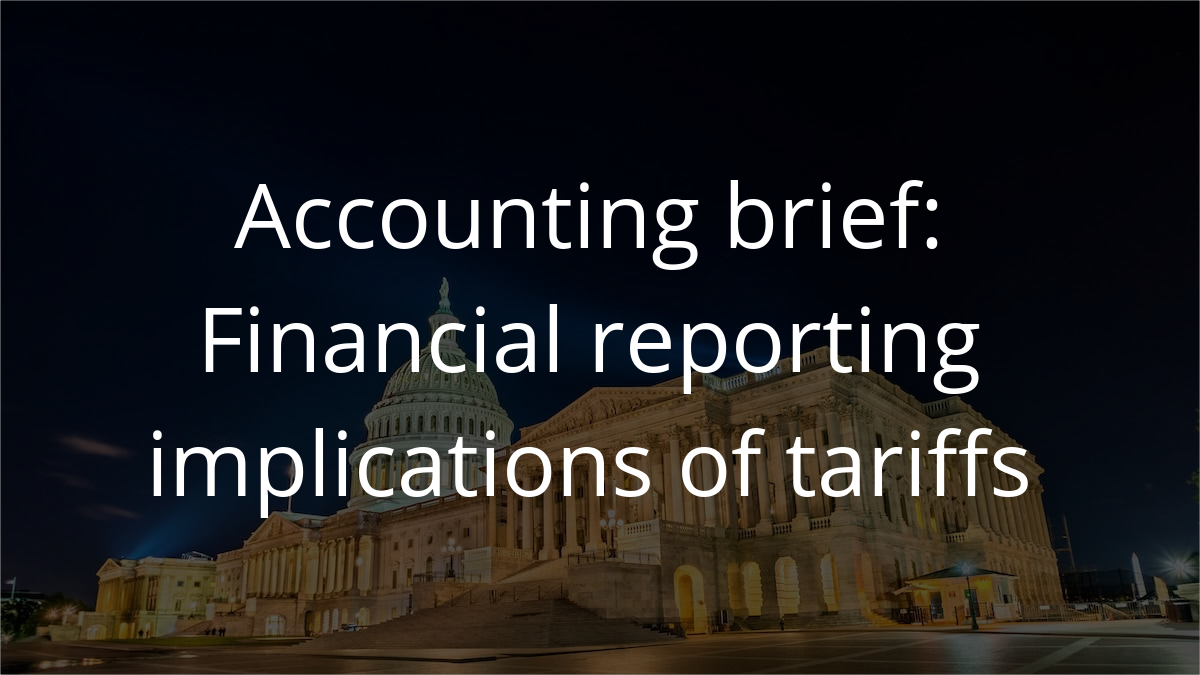Is it time for a collective investment trust?
A collective investment trust (CIT) is a type of trust winning the hearts, minds and dollars of growing numbers of defined contribution (DC) plans. If you aren’t aware of the trend, it might be time to learn what CITs are and how they’ve evolved since the days when they were standard fixtures of DC plans.
CIT 101
In a nutshell, CITs function in the same fashion as mutual funds: They’re professionally managed pools of assets. However, they differ in how they’re governed and regulated. The result is that CITs typically have a lower fee structure. In an era of seemingly constant litigation over “excessive” fees, this is a consideration to keep in mind.
Banks and trust companies establish CITS, act as fiduciaries for the funds and control their operations. The Office of the Comptroller of the Currency (the primary federal bank regulator) primarily regulates CITs. When CITs are used in retirement plans, they become “plan assets,” making them also subject to Department of Labor (DOL) oversight and governed by ERISA fiduciary standards.
Compliance costs and fiduciary concerns
CITs involve considerably less compliance expense and fewer time-consuming procedures than those that go with Securities and Exchange Commission (SEC) regulation, as is required of mutual funds. Data from industry researchers and consultants SEI and Morningstar, for example, found a weighted average fee for funds with a “large blend” portfolio for mutual funds at .74%, vs. .66% for CITs. For intermediate bond funds, those averages were .52% and .32%, respectively. Note: These figures relate to actively managed funds. Passive funds such as index funds generally have lower fees, whether established as CITs, mutual funds or exchange-traded funds.
“While a plan sponsor’s fiduciary responsibility extends further than simply using the cheapest investment options, [investment management companies] that aren’t prepared to offer CITs may find themselves unable to vie for a certain segment of plans in the market for these products,” according to SEI.
In the early days of CITs several decades ago, it wasn’t possible to get a daily valuation accounting. This made them relatively less attractive as daily account valuation became standard with mutual funds held by DC plans. More recently, daily CIT valuation has become available, though the data isn’t always as easy for the public to track down as the value of mutual fund shares.
CIT advantages
Besides the cost issue, CITs have other potential advantages over mutual funds, including:
Quick market entrance. Because of their different regulatory structures, new CITs can be brought to market faster than mutual funds. However, that might be a bigger advantage to an asset manager launching a new CIT than a plan sponsor.
Cash flow management. According to SEI, “because CITs limit who may invest in them, investment professionals [managing CITs] have a reduced risk of facing the same cash flow volatility that open-ended mutual fund managers face.” The result is that “the portfolio may be managed more efficiently and stay more fully invested than a mutual fund.”
Flexible fee structures. CITs also have more flexibility to set different fee structures based on invested assets. That may be one factor in higher CIT rates among larger plans than smaller ones. One survey of plans of all sizes found that 14% overall include CIT options, but only 6% of plans with below $5 million in assets do. That survey also found that 56% of “mega” plans with assets exceeding $1 billion use CITs.
Now is the time
Still, according to SEI, smaller plans are developing a growing appetite for CITs. Their potential advantages and the increased availability of asset management companies that own branded CITs make these investment vehicles more widely available to plan sponsors who, otherwise, would “lack the resources and sophistication to access them.” While the coronavirus (COVID-19) pandemic has disrupted much of the nation’s economy, now may be the time to consider whether CITs are right for your retirement plan.
As always, we hope you enjoy this edition of our newsletter and we look forward to receiving your feedback. Should you have any questions regarding the information contained in the attached materials or our Employee Benefit Plan Services, please feel free to contact me directly.
Want to learn more?
Join our Employee Benefit Plan Resources group on LinkedIn for more frequent updates on recent developments and best practices and discuss related topics with your peers.




